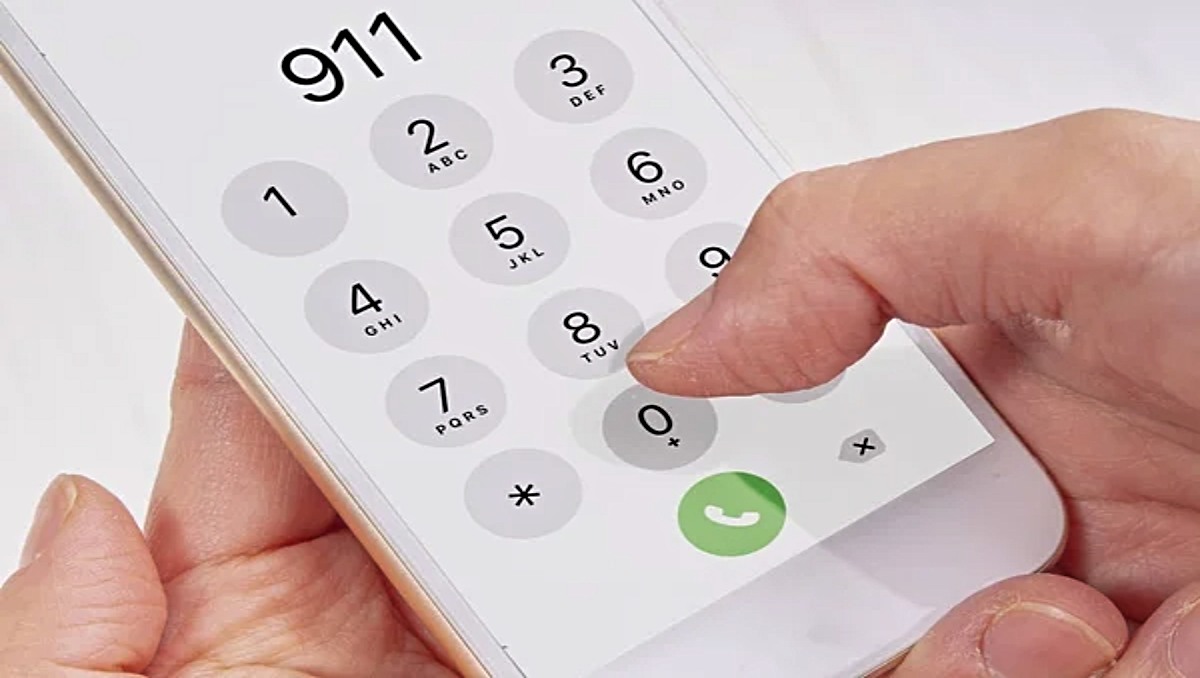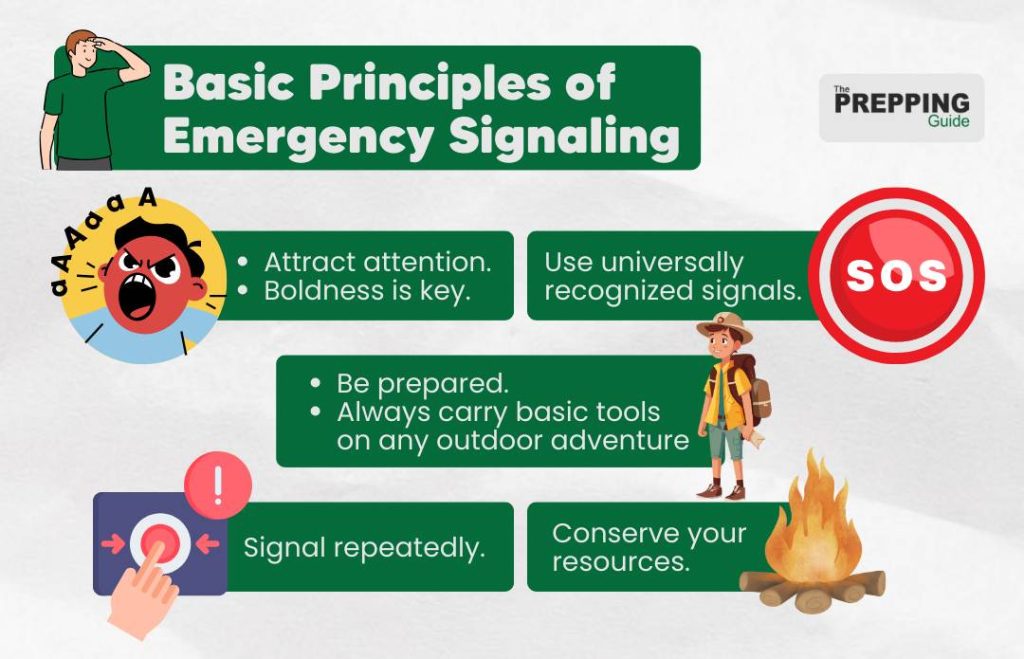
Feeling lost, disoriented, or stranded can be a harrowing experience for anyone, even the most seasoned adventurers. Whether you're a seasoned hiker who took a wrong turn or someone facing a sudden car breakdown in a remote location, knowing how to send an emergency signal can make all the difference between a night of worry and a successful rescue mission.
Methods of Sending an Emergency Signal
To effectively send an emergency signal, you can utilize various methods depending on your situation:
Basic Principles of Emergency Signaling
Before delving into specific methods, it's crucial to understand the fundamental principles of emergency signaling:
Attract attention
The primary goal of any emergency signal is to grab the attention of rescuers. Using bold and high-visibility signals such as fires, bright colors, or loud sounds can significantly increase your chances of being noticed.
Use universally recognized signals
Prioritize signals that are universally recognized, like the SOS pattern, which consists of three short bursts, three long bursts, and three short bursts. These signals can be transmitted through various means such as fire, light flashes, or audible calls for help.
Conserve resources
While attracting attention is vital, it's essential to conserve your resources, especially in prolonged emergencies. Prioritize methods that offer sustained visibility or audibility without depleting your resources rapidly.

Signal repeatedly
Consistency is key when sending distress signals. Repeat your chosen method at regular intervals to increase the chances of being detected, especially in challenging conditions.
Be prepared
Carrying basic signaling tools such as a mirror, whistle, or emergency blanket is essential for any outdoor adventure. These lightweight tools can make a significant difference in critical situations.
Types of Emergency Signals
There are various types of emergency signals you can use, including visual signals, audible signals, electronic signals, and ground-to-air signals:
Visual Signals
Visual signals rely on attracting attention through sight and are effective in clear weather conditions and open areas. Examples include fires, signal mirrors, and emergency signal flares.
Audible Signals
Audible signals use sound to attract attention and are useful in situations with limited visibility. Whistles, shouts, and loud noises are common audible signals.
Electronic Signals
Technology has introduced electronic devices like Personal Locator Beacons (PLBs) and Position-Indicating Radio Beacons (EPIRBs) for emergency signaling. These devices transmit distress signals to search and rescue teams, providing your precise location.

Ground-to-Air Signals
Ground-to-air signals are effective for attracting the attention of low-flying aircraft. Methods include using the international distress signal (SOS) or creating large X or triangle formations on the ground.
How to Send an Emergency Signal
Knowing how to send an emergency signal can be crucial in critical situations. Here's how you can use electronic means to signal for help:
Mobile phone
Utilize your mobile phone to make emergency calls. Learn how to dial emergency numbers and activate built-in emergency features on your device.
Satellite Communication
Consider using satellite phones or emergency SOS features via satellite for situations beyond cellular coverage.
Personal Locator Beacons (PLBs)
Activate and use PLBs to transmit distress signals to search and rescue satellites, providing your location for rescue teams.
Additional Tips and Considerations
Emergency preparedness goes beyond signaling. Here are some additional tips to enhance your chances of a successful rescue:
![]()
Preparing an Emergency Kit
Ensure your emergency kit contains essential supplies like first-aid items, non-perishable food, and signaling tools.
Informing Others of Your Plans
Always let someone know your itinerary before heading into remote areas. This will help rescuers locate you if needed.
Staying Calm and Focused
Maintain a calm demeanor during emergencies to think clearly and make informed decisions.
Practicing Sending Signals
Regularly practice using signaling tools and familiarize yourself with distress signals to be prepared for emergencies.
Remember, early activation of emergency signals and responsible signaling can significantly improve rescue outcomes. By following these guidelines and being prepared, you can increase your chances of a safe rescue in critical situations.
—————————————————————————————————————————————————————————————–
By: kiezelamquiz
Title: Mastering Emergency Signaling: A Comprehensive Guide
Sourced From: thepreppingguide.com/how-to-send-an-emergency-signal/
Published Date: Thu, 14 Mar 2024 07:08:34 +0000

